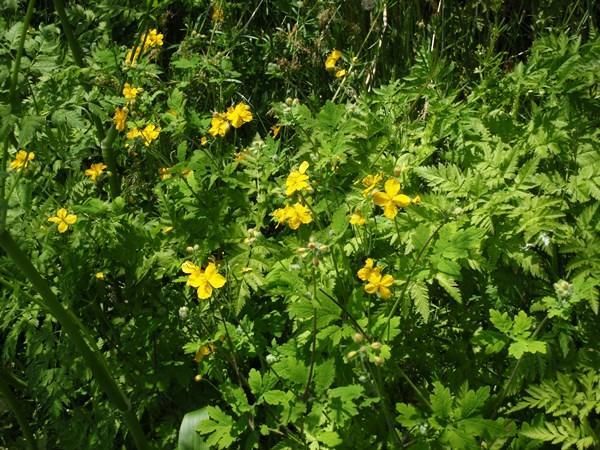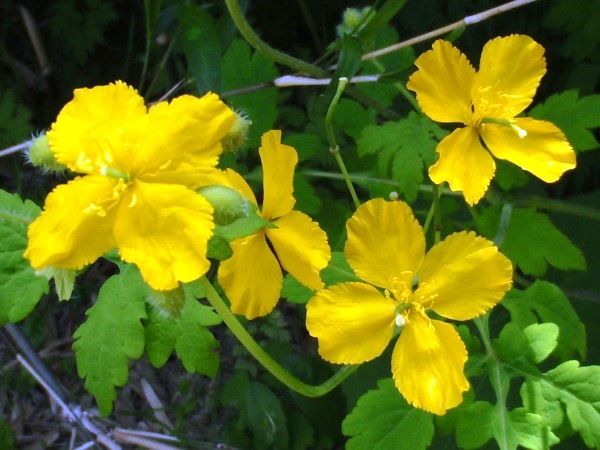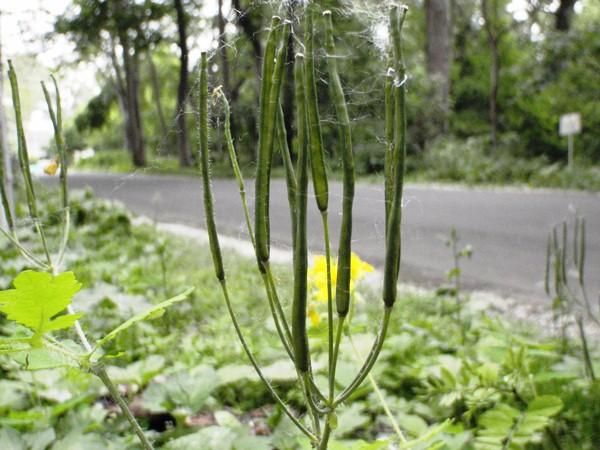(First upload on Nov. 18 2008. Last on June 9 2023) [ 日本語 | English ]
Mount Usu / Sarobetsu post-mined peatland
From left: Crater basin in 1986 and 2006. Cottongrass / Daylily
HOME > Plant list (植物リスト) > Papaveraceae (ケシ科) > Chelidonium majus
Chelidonium Tourn. ex L. (クサノオウ)One species (controversial)C. majus L. Kusano-ou (クサノオウ, 草ノ黄/草ノ王/瘡ノ王), s.l., greater celandine Lifeform: annual forb Seed dispersal: myrmecochory (ant dispersal) by producing elaiosome Poison: yellow latex sap, containing alkaloids ssp. asiaticum H. Hara kusano-ou (クサノオウ, s.s.) Distribution: Eurasia |
Habitat: grassland - forest edge
HUSTEP: Plants and Plant communities in Japan (flora list) Chromosome number: 2n = 10 or 12Synonyms:
Chelidonium majus L. var. asiaticum (H. Hara) Ohwi ex W. T. Lee Common name: ヨウシュクサノオウ Distribution: Europe - West Asia |
|
 1
1
 2
2
 3
3
 4
4
 5
5
 6
6
[1-2] at a way to go Abuta Shrine, southern Hokkaido, on June 6 2013. [3] at Yachidamo Park (Yachidamo = Fraxinus mandshurica), N28E4, East Ward, Sapporo, on May 31 2011. [4] Frutis seen in Hokkaido University Campus on June 22 2011. The seeds with elaiosome are contained in the fruits. [5/6] rosettes at the backyard of Toya Lake Experimental Station on April 14 2023. Records: In Hokkaido University Campus on July 18 1998. At a forest edge close to Keiteki-no-mori Forest (恵迪の森) on May 21 2009)